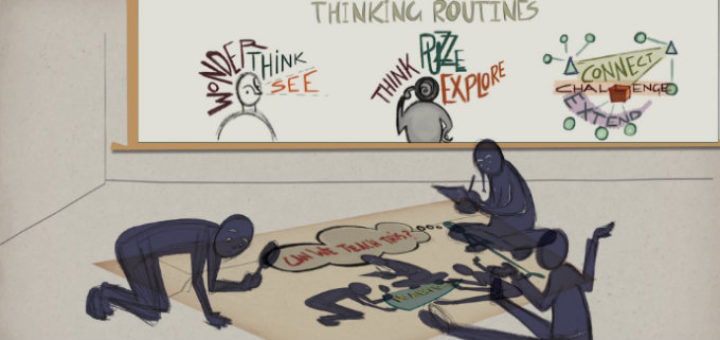Teaching and learning in grades 4-8
Laura Von Staden says Joy Kirr’s “Shift This!” is a must read for all teachers, full of actionable strategies, the research and reasons to implement them, and the steps and support to transform your teaching to reach every student with the maximum impact possible.
From Texting to Teaching: Grammar Instruction in a Digital Age by Hyler and Hicks led teacher Desiree Tabor Carter to think about technology tools strategically and inspired her to overhaul her website, adding a grammar and vocabulary page to each course section.
Jon Sapier’s High Expectations Teaching provides an overview of best practices for encouraging a growth mindset and includes scripts, links to videos, and checklists that teachers can use immediately. Educator Amy Williams finds the short book a good introduction.
How can co-teachers honor the strengths and needs of each learner and assure everyone becomes an important contributor to the classroom learning experience? Elizabeth Stein believes the process begins by creating a framework that makes every student’s thinking visible.
Imagine an open-ended math task that gets students asking questions as well as answering them. Jerry Burkhart shows how a problem like this can help teachers differentiate instruction for advanced students while stimulating curiosity and perseverance for all learners.
Joy is a part of a healthy climate, and in places where we spend huge chunks of time – like school – healthy climates are critical to the success of students and teachers alike. Rita Platt shares some of the ways she bring smiles and laughter into classroom culture.
What really stands out in the second edition of 25 Quick Formative Assessments for a Differentiated Classroom is the attention authors Dodge and Duarte pay to meshing tried and true formative assessments with engaging digital formats, says teacher-librarian Rita Platt.
In Renew! Become a Better—and More Authentic—Writing Teacher, Shawna Coppola challenges us to reconsider three long-standing traditions of classroom writing instruction: a step-by-step writing process, graphic organizers, and the prioritization of words over images.
As the Emmys return in September to celebrate the art and craft of television, how do we encourage students to view the programming from a media literacy perspective, with the thinking parts of their brains turned on? Frank Baker ties television studies to CCSS.
Kevin Hodgson’s summer PD was packed with learning. His required online certification course moved in one direction – from the screen to his eyes. His Connected Learning MOOC featured creativity, collaboration, and fun. Just what he wants for his students this fall.







































